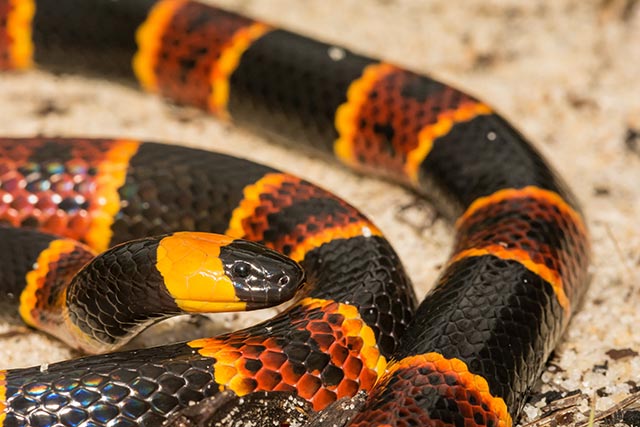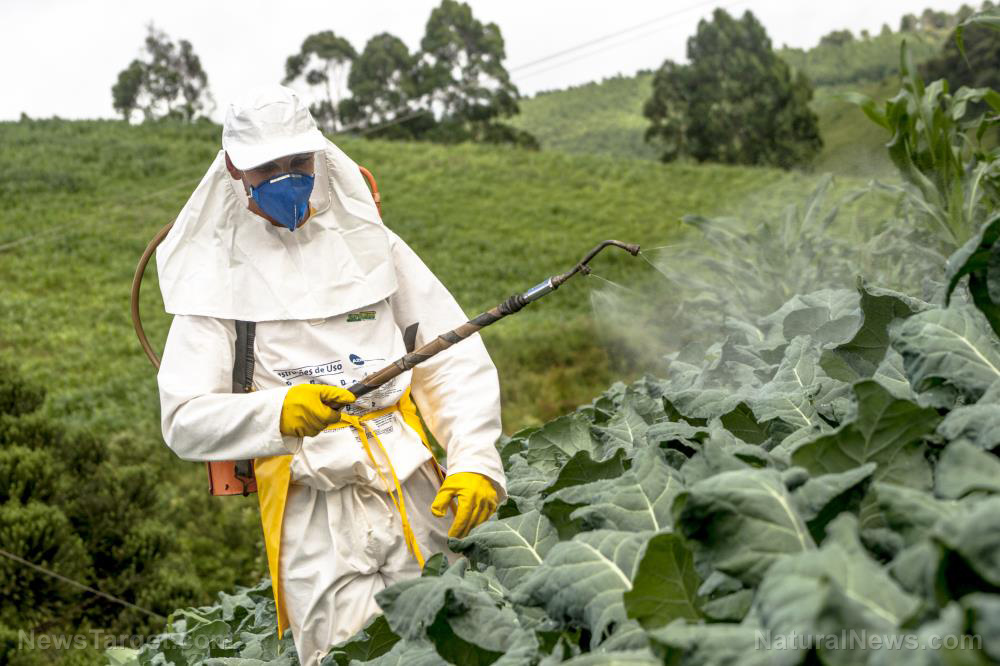Study: Newly discovered compound used by bacteria found to break down environmental pollutants
02/20/2020 / By Darnel Fernandez

Environmental pollution is considered one of the biggest global threats. It is defined as the introduction of harmful contaminants to the environment through various means. These contaminants, or pollutants, can cause serious damage to the ecosystem and can even destroy the balance of the environment. According to a report by Pure Earth, a non-profit environmental organization, toxic pollution affects more than 200 million people worldwide. In fact, in some of the worst pollution hotspots found around the globe, babies are born with birth defects and children have lost around 30 to 40 points in IQ.
Now, researchers have developed a new biochemical compound that can break down environmental pollutants.
Their findings, published in the journal Nature Chemical Biology, revealed that the recently discovered flavin N5-peroxide is used by some bacteria to break down chemical compounds, including environmental pollutants like dibenzothiophene, which is a compound found in crude oil, or hexachlorobenzene, a plant protection agent. The scientists determined how the formation of flavin N5-peroxide is controlled at an enzymatic level using X-ray structural analysis and mechanistic studies.
Enzymes with the flavin cofactor often play a vital role in fungi, bacteria, animals and plants. This is because of their status as oxygenases, which allows them to introduce oxygen to organic compounds. An example of this phenomenon is the ability of people to excrete foreign substances more efficiently. Prior to this study, it has been generally understood that flavin-dependent oxygenases make use of the flavin C4a-peroxide – formed through the chemical reaction between the C4a-atom and atmospheric oxygen (O2) – as the oxidizing agent. Researchers from the University of Freiburg in Germany discovered that O2 can also have the same chemical reaction with the N5-atom of N5-peroxide.
In the future, the research team plans to study how widespread the novel flavin is in nature and to broaden their understanding of the role and functionality of N5-peroxide.
Bi0warfare against pollution
This is not the first time that scientists have looked into biological means to deal with the ever-growing pollution problem. In 2017, scientists from Kew Gardens in London found a previously undiscovered strain of the fungi species Aspergillus tubingensis in a Pakistani garbage dump that can break down polyurethane – a component used in refrigerators, fake leather and other applications – within weeks. This fungal strain excreted enzymes that broke down the chemical bonds of the plastic, then used its mycelia – the filaments that fungi grow similar to plant roots – to break apart the plastic further.
“This ability thus has [the] potential to be developed into one of the tools desperately needed to address the growing environmental problem of plastic waste,” the researchers wrote in the State of the World’s Fungi 2018 report.
In addition to accelerating the breakdown of plastics, the report revealed that some species of fungi can also be used to remove pollutants out of the soil. Researchers discovered that white-rot mushroom varieties Pleurotus ostreatus (oyster mushroom) and Trametes versicolor (turkey tail) can eliminate certain pollutants like pesticides, explosives and dyes from soil or wastewater. They do this by degrading toxic polychlorinated biphenyl (PCB) chemicals.
What you need to know about environmental pollutants
While more research is being done on the efficacy of N5-peroxide, you can do your part in mitigating pollution by learning about the various kinds of pollutants and where they come from, in order to have a greater understanding of their potential impact on the health of both people and planet. Here is a list of common pollutants that largely plague our environment:
- Organic water pollutants. These pollutants have biological origins and usually include the various herbicides and pesticides used by farmers and gardeners nowadays. Food laboratories also discard harmful biological pathogens as waste when food is being processed. Likewise, rearing animals often bring about poisonous bacteria that can enter nearby water sources.
- Inorganic water pollutants. Industries and construction sites produce plenty of inorganic waste that gets thrown away in piles. These inorganic wastes eventually enter the ocean, which causes damage to marine ecosystems.
- Air pollution. This type of pollution can cause serious environmental problems like smog and acid rain. Inhaling polluted air can also cause negative health effects like asthma and heart disease. Pollutants in the air include sulfur dioxide, carbon monoxide and nitrogen oxide. (Related: Can air pollution negatively affect the growth of an unborn child?)
- Land pollution. Pesticides, herbicides, fertilizers and chemical compounds that are used to protect and nourish crops can be washed off into the soil, eventually degrading its quality. Various industries are also known to discharge heavy metals like lead, plastic and glass which could contaminate the land around waste lines.
Pollution.news has everything you need to know about the harmful effects of pollutants to human health and the environment.
Sources include:
StateOfTheWorldsFungi.org [PDF]
Submit a correction >>
Tagged Under:
bacteria, biochemistry, biological agents, breakthrough, environment, flavin, fungi, future science, mushrooms, oyster mushroom, plastics, toxic chemicals, turkey tail
This article may contain statements that reflect the opinion of the author
RECENT NEWS & ARTICLES
Chemicals.News is a fact-based public education website published by Chemicals News Features, LLC.
All content copyright © 2018 by Chemicals News Features, LLC.
Contact Us with Tips or Corrections
All trademarks, registered trademarks and servicemarks mentioned on this site are the property of their respective owners.





















